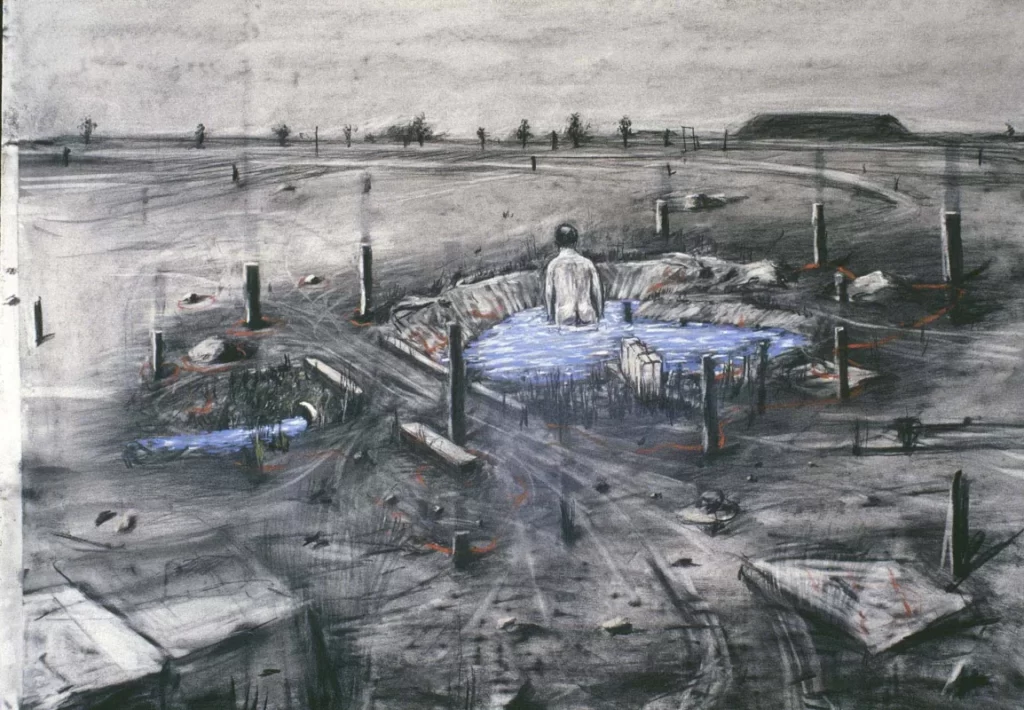The African art scene has been experiencing a significant surge in recent years, with a vibrant mix of traditional and contemporary styles gaining international recognition. The continent’s rich cultural heritage, combined with the innovative spirit of its contemporary artists, has resulted in a dynamic and diverse art scene that is setting trends globally. Let’s delve into some of the most prominent trends shaping the African art scene today.

- Contemporary African Art:
Contemporary African art is a trend that has been gaining momentum over the past decade. This genre is a fusion of traditional African aesthetics and modern artistic techniques, creating a unique blend that is both innovative and rooted in the continent’s rich cultural heritage. Artists like El Anatsui from Ghana, William Kentridge from South Africa, and Njideka Akunyili Crosby from Nigeria are some of the leading figures in this movement.
- Digital Art:
With the rise of technology, digital art has become a significant trend in the African art scene. African digital artists are using technology as a medium to express their creativity, often incorporating elements of African culture and tradition into their work. This trend is not only pushing the boundaries of what is considered art but also providing a platform for young African artists to showcase their talent to a global audience.
- Afrofuturism:
Afrofuturism is a cultural and artistic movement that combines elements of science fiction, fantasy, and African history to imagine a future where Africans and people of African descent play a central role. This trend is particularly prominent in visual arts, literature, and music, with artists like Wangechi Mutu and Janelle Monáe leading the way.
- Artivism:
Artivism, a portmanteau of ‘art’ and ‘activism’, is a trend where artists use their work to comment on social and political issues. This trend is particularly prevalent in the African art scene, where artists often use their work to highlight issues such as corruption, inequality, and human rights abuses. Artists like Kenyan cartoonist Gado and South African visual artist Zanele Muholi are known for their artivist works.
- Street Art:
Street art has always been a significant part of the African art scene, but in recent years it has gained more recognition as a legitimate form of artistic expression. African street artists often use their work to comment on social issues, making it a form of artivism. Cities like Johannesburg, Dakar, and Nairobi have become hubs for street art, with murals and graffiti transforming the urban landscape.
- Art Fairs and Biennales:
The increasing global interest in African art has led to a rise in art fairs and biennales focusing on African artists. Events like the Dak’Art Biennale in Senegal, the 1-54 Contemporary African Art Fair in London, and the Art X Lagos in Nigeria are providing platforms for African artists to showcase their work to a global audience.
In conclusion, the African art scene is a vibrant and dynamic space that is continually evolving. The trends shaping this scene reflect the diversity and creativity of African artists, who are not only preserving their cultural heritage but also pushing the boundaries of what is considered art. As the global art world continues to take notice, the future of African art looks promising.
